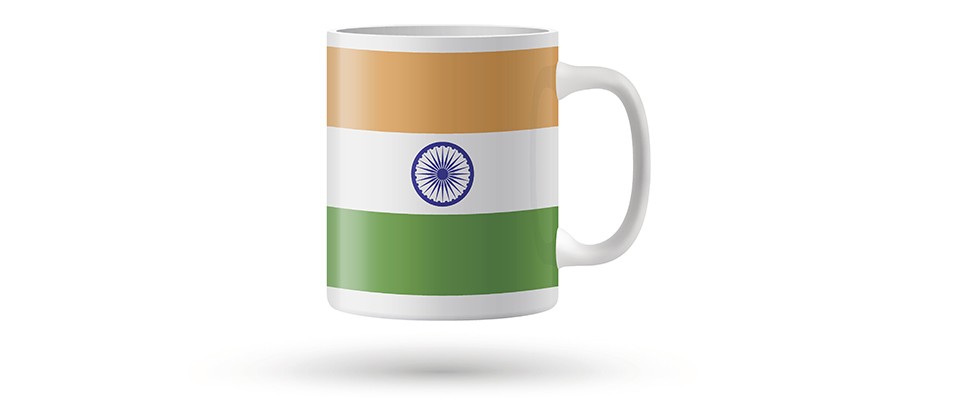India
In India, the healthcare system provides universal access to medical care. The individual territories and states of India are responsible for implementing this system. This policy was implemented in 1983 and revisited in 2002. The country also has a private sector, which is far more popular than the public healthcare sector. Research has shown that 70% of urban Indian households and 63% of rural Indian households rely on privatized care. The main reason for this disparity is the poor quality of care in the public sector, but overcrowding, wait times, distance, and operating hours that are inconvenient in the public sector are also factors. In 2005, the Government of India launched The National Rural Health Mission with the goal of providing accessible and effective healthcare for the rural population.
Healthcare Spending
In India, healthcare spending is among the lowest in the world. The government spends 4.1% of the national GDP to healthcare costs. That amounts to approximately $ 157 USD per person. The CIA World Factbook ranks India 167th out of 190 countries on measures of healthcare spending. Nearby countries including Sri Lanka, Burma, Nepal, and Pakistan rank similarly on this measure. Not surprisingly, healthcare spending in India is just slightly below the regional average for the rest of the Southeast Asia region.
 Availability of Care
Availability of Care
With a rapidly growing population, India faces a shortage of professionals in the health sector, including nurses and doctors. There are only 0.7 doctors per one thousand people in India, a figure that is above the average of 0.59 doctors per one thousand people within the Southeast Asia region. Similarly, there are only 1.71 nurses and midwives per one thousand members of the population, a figure that is also above the regional average of 1.53. These figures are among the lowest in the world.
Life Expectancy & Mortality
India also ranks poorly on measures of life expectancy and is ranked 163rd in the world on this measure. The national average is 67.8 years; however, gender differences exist. A female born in 2014 can expect to live 69.06 years, whereas a male can expect to live 66.68 years. This is staggeringly low, considering that many higher-income, developed countries have long surpassed the 80-year mark in terms of average longevity. In India, communicable diseases that might be prevented or controlled, contribute to this number.
 Other Issues
Other Issues
The Indian healthcare system may appear adequate on paper; however, it faces a growing number of issues. One problem lies in the regulation of healthcare facilities. India has thousands of hospitals; however they do not need to register or follow a set of outlined norms or guidelines to operate. Others have questioned the doctors graduating from Indian medical schools. Recently, a medical college in Punjab was penalized for bribing officials to grant license as a college. Citizens have also pointed out that in addition to corruption in the medical sector, care is becoming less and less affordable. Reliance on the private sector, where prices are raised at will, has only exacerbated this problem.
